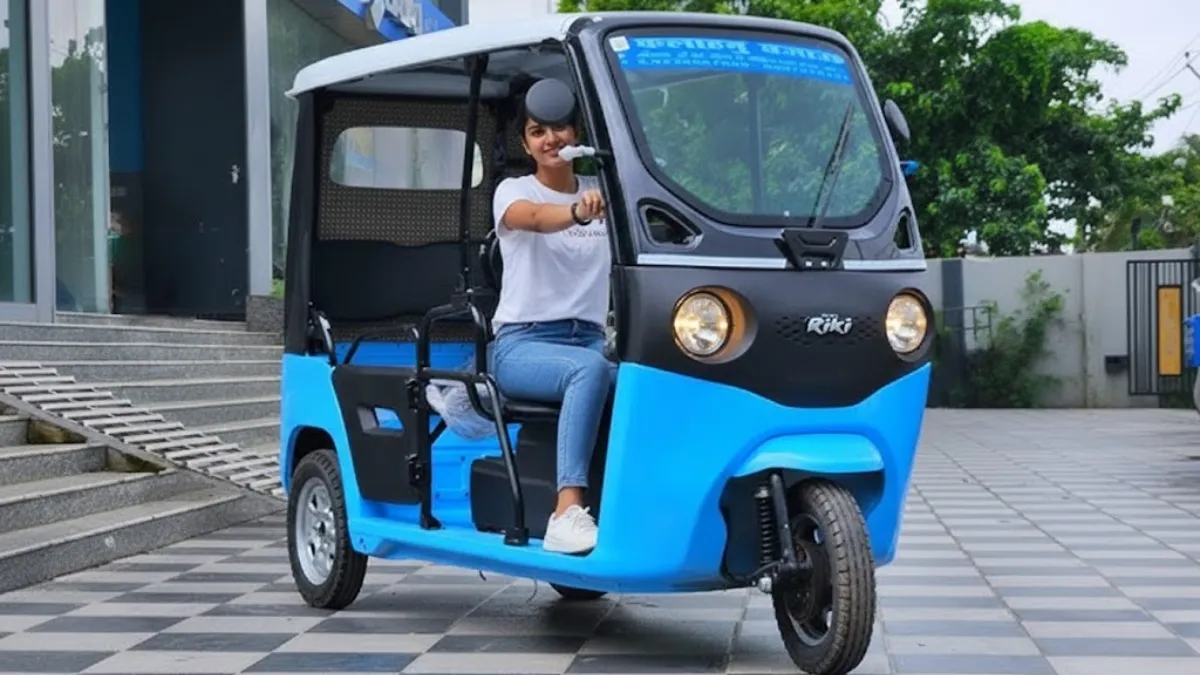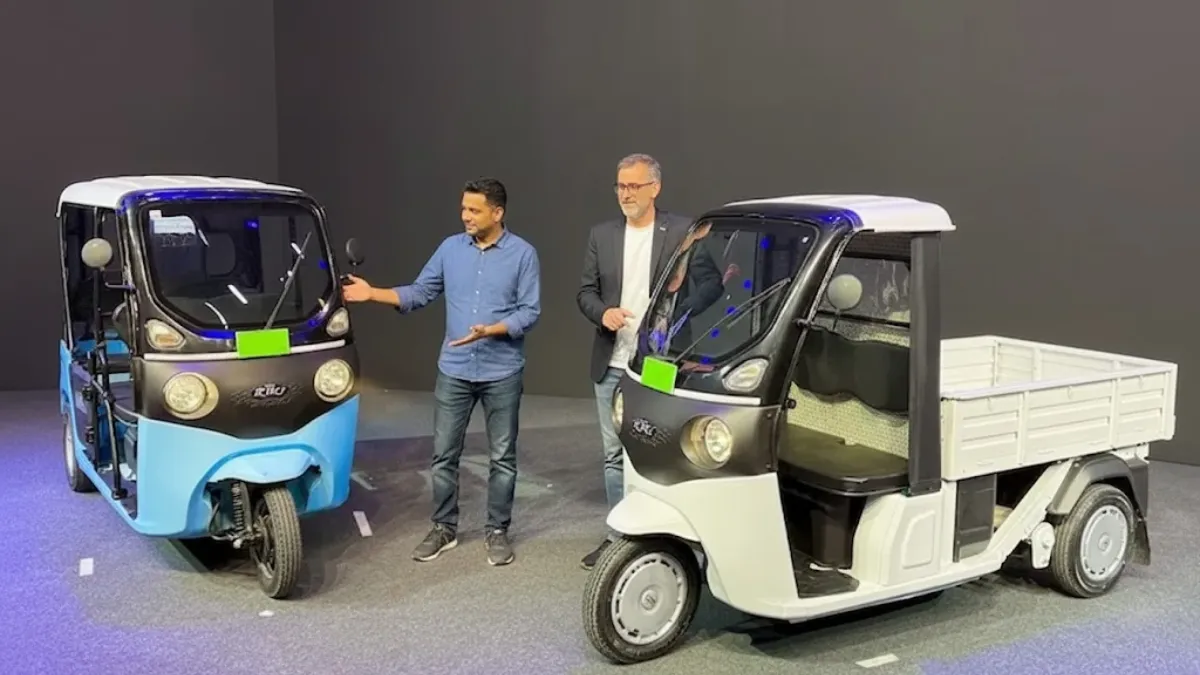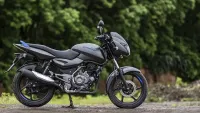As far as I’m concerned, I’ve always seen Bajaj as a steady but slow brand. From scooters to premium bikes, they have their own rhythm. But now, with the launch of the Bajaj Riki e-rickshaw, there’s a whole market gamble behind it. And hey, one more thing this segment isn’t as simple as Twitter folks think.
Remembering an old story
Back in 2017, I met a mid-level Bajaj engineer near their Pune Akurdi plant. We were talking about the EV future. He chuckled and said, We’ll go EV only when the market is ready no point burning money on useless experiments. He said it straight. At that time, I thought they’d never rush into e-rickshaws. And look now, their Riki is here. A bit late, but a calculated move.
The real deal with Bajaj Riki company claims vs ground reality
The company says Riki’s battery will provide optimized performance long life, and hassle-free charging. Hearing this, I recall a personal experience testing a local e-rickshaw brand. On paper it claimed 120 km range, but in reality, it didn’t go beyond 80 km. That’s why I feel a little skepticism hearing Bajaj’s claims. In this segment, load, traffic, and driver style can totally flip the actual range.
Another personal anecdote
Two years ago, I talked to a fleet operator in Delhi. He said Brother, the problem with e-rickshaws isn’t the battery, it’s the service. One day downtime means two days of losses. So when Bajaj says Riki will benefit from a wide service network, it sounds good. But will the parts and technicians actually be ready on the ground? That’s the real game here.
Design is simple, but you see the Bajaj touch
Riki’s overall look is a bit different. Simple, practical, and shows Bajaj’s typical “no-nonsense” approach. Lightweight panels, wide seat, straightforward driver console. The good part is, they didn’t go overboard with styling. In commercial vehicles, nobody wants chrome or fancy LEDs.

Market angle where the real challenge begins
The e-rickshaw market in India is already crowded. On top of that, local brands enter so frequently that price wars happen every week. Bajaj’s name carries weight, but if they price it too high, fleet buyers will back off. And yes, software also matters. Add too many smart features, and bugs start appearing. I still remember reviewing an EV maker’s connected dashboard when the screen froze mid-road. Let’s hope nothing like that happens with Riki.
Brand trust but a small fear too
Bajaj has the brand trust, manufacturing quality, and service chain advantage. Fleet operators want exactly that. But there’s a small worry because Bajaj’s EV strategy is still developing. If updates are delayed or there’s a battery supplier issue, the first impression in the market could suffer.
To put it straight
Bajaj Riki looks like a solid attempt practical, grounded, not over-smart. But it will survive in this segment only if real-world performance, parts availability, and battery backup work as promised in the brochure. If Bajaj sticks to their “safe and slow” strategy this time, Riki will find its place in the market. Otherwise, it could vanish like many others in a year or two.
Final thoughts
Riki is a potential-packed launch, but I feel Bajaj needs the first six months just to observe and fix issues. Driver feedback, fleet usage data, and service load these three will be the real test. If it passes, Bajaj will write a new chapter in the e-rickshaw market.




